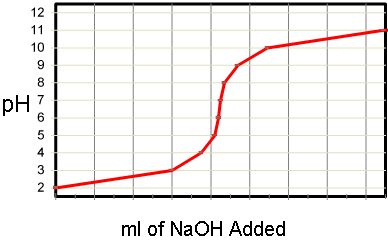- Explain how neutralisation occurs
- Construct word and balanced symbol equations for the neutralisation of acids by metal oxides, metal hydroxides and metal carbonates
- Neutralisation interactive (flash required)
- High level neutralisation animation (flash required)


- BBC Bitesize - How to name salts
No comments:
Post a Comment